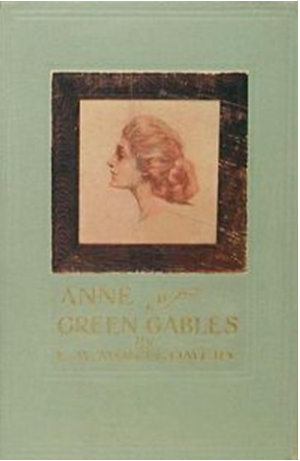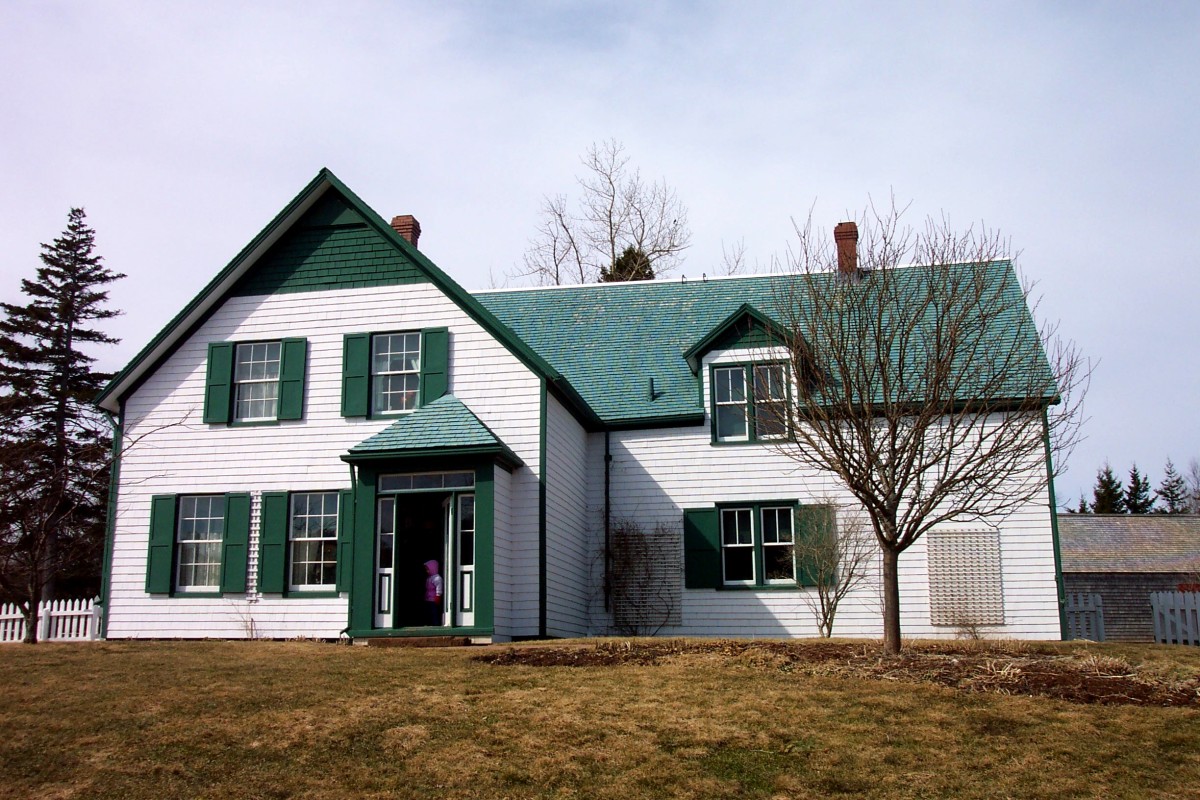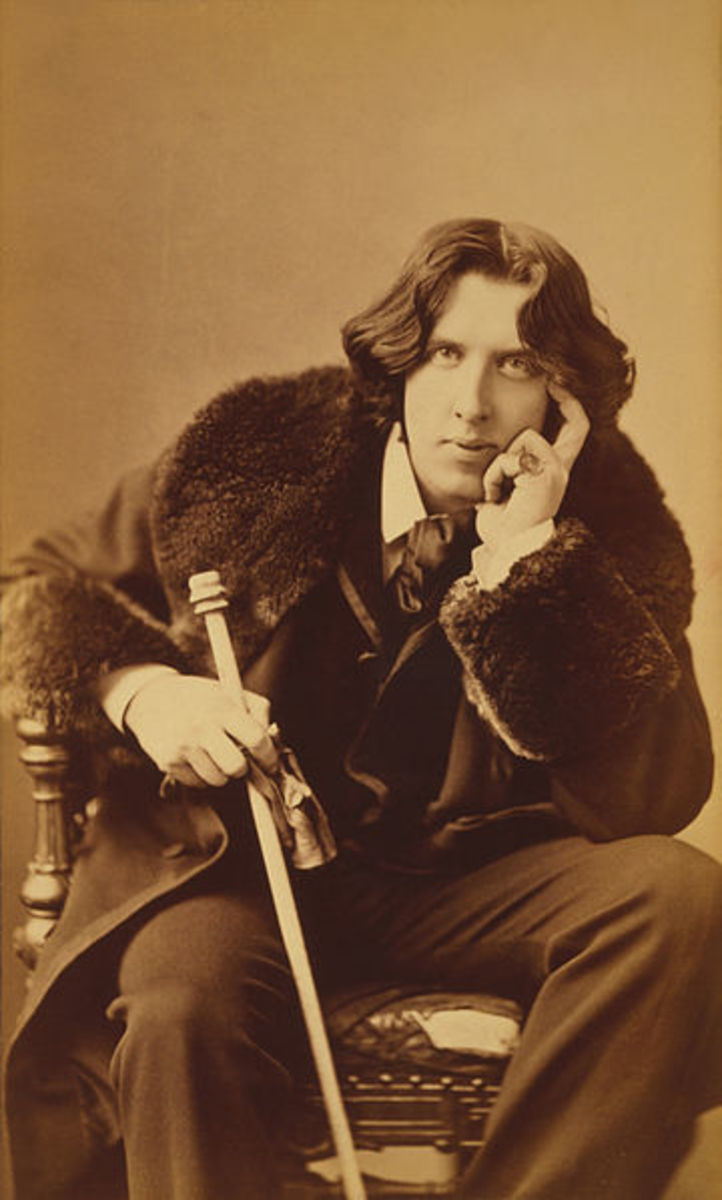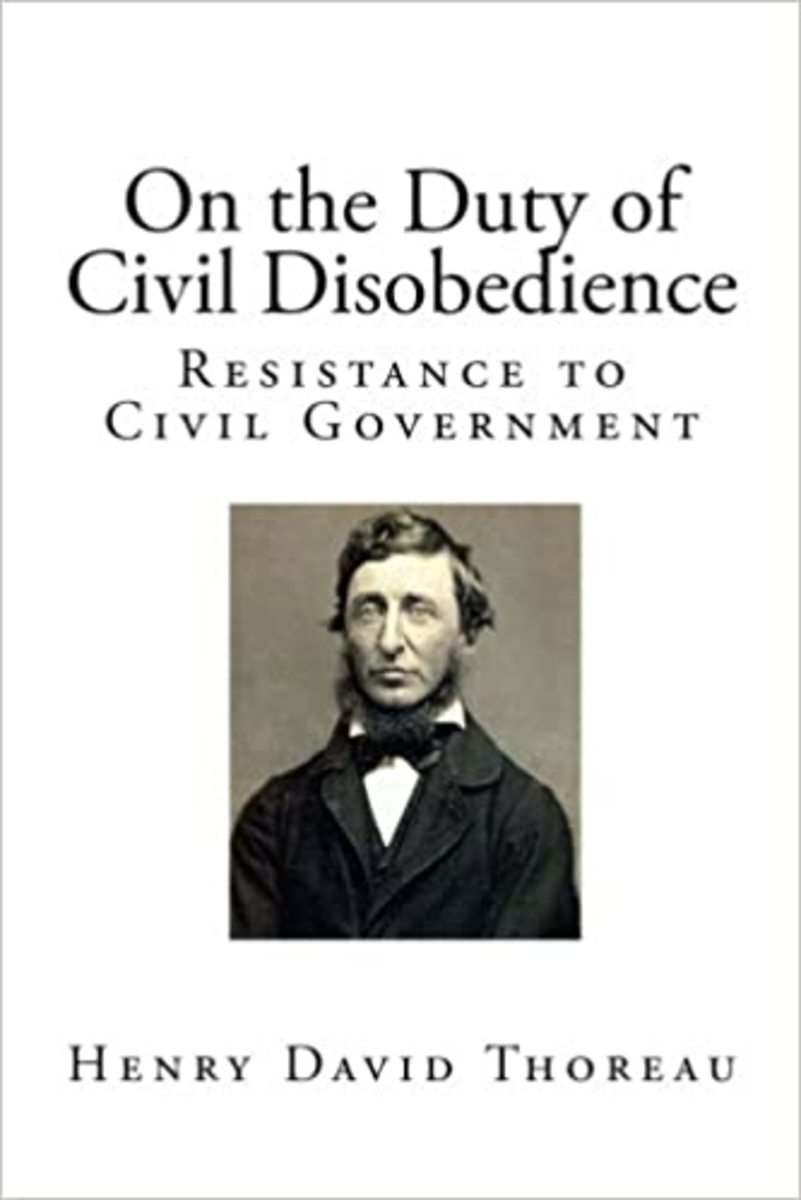Anne of Green Gables: Reconsideration of Feminist Perspectives and the Role of Women as Portrayed in the Novel

Before the staunchly conservative social climate of Avonlea in L. M. Montgomery’s Anne of Green Gables is approached with modern criticism, it is important to put things in perspective. The survival of a rural community in turn-of-the-century Canada largely depended on social unity, by which individuality was naturally downplayed for the practical sake of efficient functionality. To grossly oversimplify, men had their place in general labour, and women were to see to their domestic duties. While this is not a particularly enlightened arrangement by modern standards, it was what worked. When Anne comes to Avonlea, there is tension between her wildly liberal personality, and the conservative structure of her new community. Rather than suppressing her spirit, Avonlea serves to structure Anne in a way that allows her to effectively convey her imagination and eccentricities to constructive and Avonlea-approved ends.
One obvious criticism of Anne’s character is the way in which her experience in Avonlea, particularly Marilla’s strict rearing, serves to “tame” her imaginative spirit and generally dramatic demeanor. However, it is important to put Anne in context here. While a modern reader would admire her free spirit and lament the expectation that she adhere to a conservative demeanor (by which the female gender role is mutually requisite), she comes to Avonlea as somewhat of a threat to the balance it achieves through maintaining conservative social order. Therefore, it is more prudent to read Anne’s “taming” as a necessary adjustment to her conservative environment, rather than as suppression by it.
That being said, while Anne is conditioned to lead a conservative lifestyle, her imagination and individuality still shine, albeit through a different lens. This is not such a bad thing when one considers the episode where Anne’s imagination mentally cripples her from going into woods that she believes are haunted. This situation is somewhat of an illustration of how Anne’s essence can cause dysfunction if allowed unchecked. Of particular interest is the reading club she establishes. The significance of this is that Anne has found a way to cater to her excessive imagination in a safe and constructive manner that is more or less approved by the rest of Avonlea. Furthermore, Anne is able to channel her disdain for Gilbert Blythe into a competition that ultimately gains her significant academic success, after being sternly taught never to let her anger manifest itself in violence (i.e. shouting at Mrs. Lynde and breaking a slate over Gilbert’s head).
Therefore, it is best to interpret Anne’s adjustment as the necessary refinement of her raw energy, allowing her to effectively convey it, and have it be accepted, by her conservative peers and elders. If Anne did not concede to the conservative structure of Avonlea, she would not have been able to express herself at all due to the ensuing rejection.





